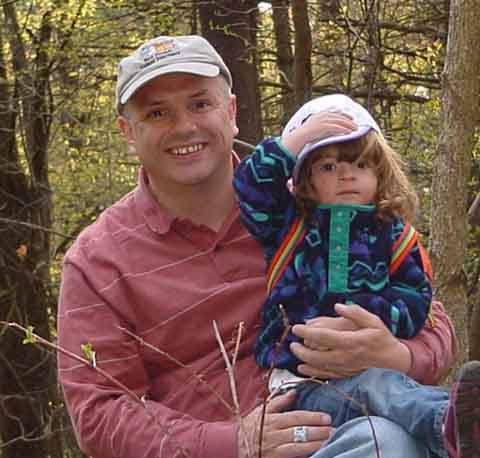However, back home in the world of math and science, I have my own example similar to the exiting storyline that was developed for the book E=MC2, as described in D&Z chapter 4.
One of my favorite books, which I have read at least 3 times since it was published in 1986, is by Richard Rhodes and is titled The Making of The Atomic Bomb. It is non-fiction, supported by hundreds of notes and references, but describes the exciting story of the history of modern physics. As you might expect, the excerpt from D&Z describing Lise Meitner's breakthrough thinking regarding atomic fission is also described in Rhodes' book, although more extensively but with similar passion.
The reading prompted me to pull out this book off the shelf and quote MY favorite part, which begins the book.
In London, where Southampton Row passes Russell Square, across from the British Museum in Bloomsbury, Leo Szilard waited irritably one gray Depression morning for the stoplight to change. A trace of rain had fallen during the night; Tuesday, September 12, 1933, dawned cool, humid, and dull. Drizzling rain would begin again in early afternoon. When Szilard told the story later he never mentioned his destination that morning. He may have had none; he often walked to think. In any case another destination intervened. The stoplight changed to green. Szilard stepped off the curb. As he crossed the street, time cracked open before him and he saw a way to the future, death into the world and all our woe, the shape of things to come.
And the book then leaves you hanging by shifting to Szilard's background and what brought him to that morning's walk. We don't find out for several hundred pages that what Szilard saw in his mind's eye as he crossed the street was the notion of an atomic chain reaction. It was this leap that led directly to the development of nuclear fission and atomic weaponry.
This text has nearly 800 pages of exciting but accurate descriptions of many scenes related to mathematics and physics, and would be a great source of excerpts for secondary level classes.

1 comment:
This is way cool! I gotta get a copy of that book (plus E=MC2). I've always loved the sciences and at one point considered a career in the sciences (when I was in middle school) but lack of facility in mathematics and a strength in the humanities led me to drop that dream and pursue other directions. I wish my teachers had shown me wonderful texts like the one you quote. It sounds like the perfect balance of the humanities and the sciences.
Post a Comment